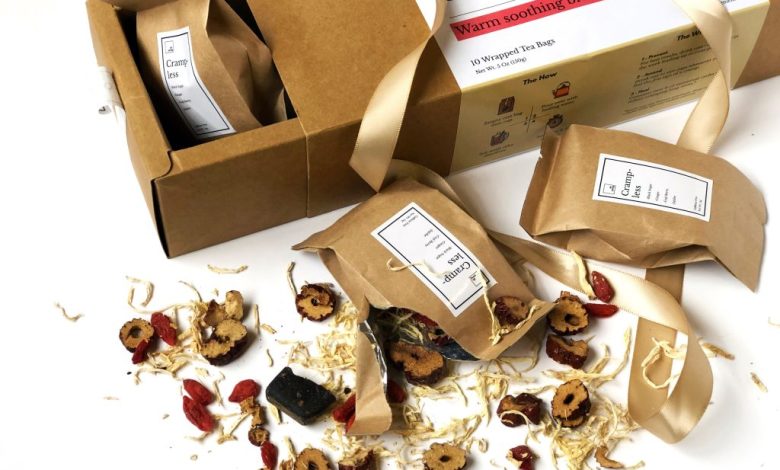Mastering Precision: Exploring the Die Cutting Process in Packaging

In the realm of packaging, precision is paramount. Each box, label, or piece of packaging must be crafted with meticulous attention to detail to ensure it meets the exact specifications required for its intended purpose. One of the key processes that enable this level of precision is die cutting. Let’s delve into the fascinating world of die cutting in packaging and explore how this technique shapes the products we encounter every day.
Understanding Die Cutting:
Die cutting is a manufacturing process used to cut, shape, and form materials into specific shapes or designs with a high degree of accuracy and consistency. In the context of packaging, die cutting is commonly used to create custom shapes, intricate designs, and precise dimensions in various packaging components, including boxes, labels, inserts, and displays.
The Die Cutting Process:
The die cutting process involves several steps to transform raw materials into finished packaging components:
Design and Tooling: The process begins with the creation of a custom die, which is a specialized tool made of hardened steel or other durable materials. The die is precisely machined to match the desired shape or design of the packaging component.
Material Preparation: Next, the raw material to be cut, such as paperboard, cardboard, plastic, or foam, is prepared for die cutting. The material may be fed into the die cutting machine as individual sheets or rolls, depending on the specific requirements of the project.
Die Cutting: The prepared material is then fed through a die cutting machine, where the custom dies exerts pressure to cut, score, or perforate the material according to the desired shape or design. The die cutting process may also include additional operations such as creasing, embossing, or debossing to create texture or add visual interest to the packaging component.
Quality Control: After die cutting is complete, the finished packaging components undergo rigorous quality control checks to ensure they meet the specified dimensions, tolerances, and quality standards. Any defective or non-conforming components are removed from the production batch to maintain consistency and accuracy.
Applications of Die Cutting in Packaging:
Die cutting is a versatile process that finds applications across various types of packaging:
Box Packaging: Die cutting is used to create custom-shaped boxes, inserts, and dividers that fit specific products and enhance branding.
Labels and Tags: Die cutting enables the creation of labels, tags, and stickers with intricate shapes, patterns, and designs to add visual appeal to packaging.
Folding Cartons: Die cutting is employed to create folding cartons with precise cutouts, windows, or perforations for product visibility and convenience.
Point-of-Purchase Displays: Die cutting allows for the creation of eye-catching displays, standees, and signage that attract attention and drive sales at retail locations.
Conclusion:
In conclusion, the die cutting process is a crucial aspect of packaging manufacturing that enables the creation of custom shapes, designs, and dimensions with precision and consistency. From boxes and labels to displays and cartons, die cutting plays a vital role in shaping the visual appeal, functionality, and branding of packaging components. By harnessing the power of die cutting, packaging manufacturers can bring innovative and distinctive packaging solutions to life, delighting consumers and driving brand success in the competitive marketplace.




